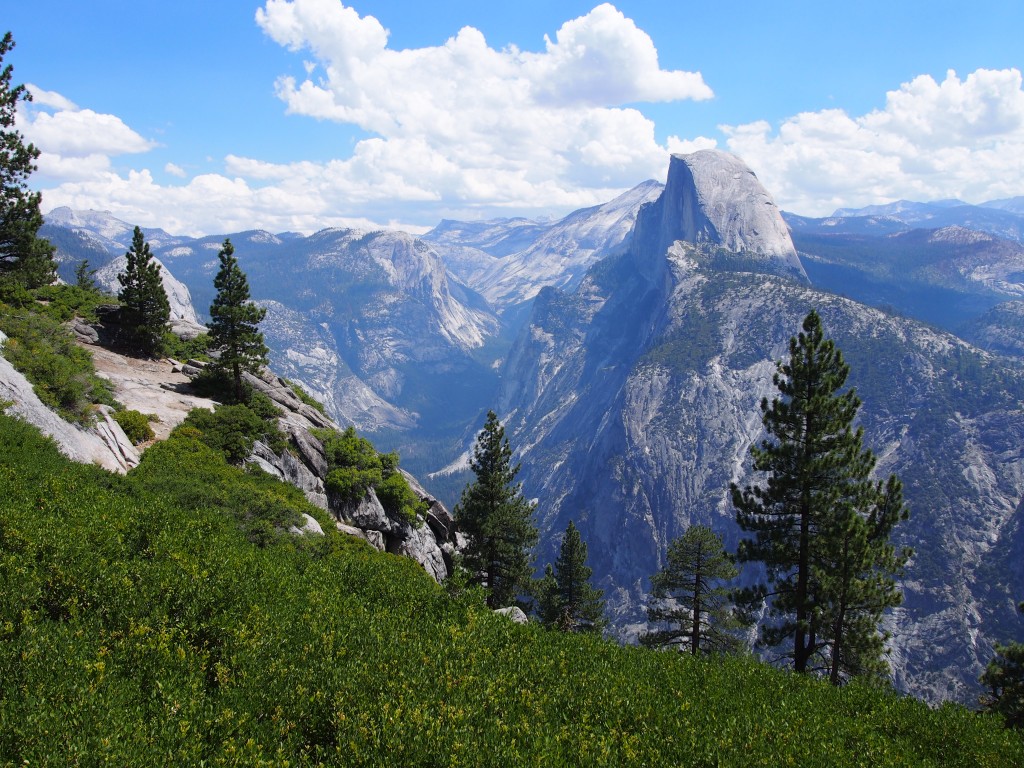For the last part of the tour we crossed the border back into Mexico. We followed the coastline and made two stops: Tulum and Playa Del Carmen.
Tulum
Tulum is famous for the Mayan Ruins that are perched on a cliff top overlooking the Caribbean Sea.
The day we planned to visit the site, we awoke to a downpour, which we waited out. With clear skies we headed to the site and started exploring. Firstly the site was much smaller than expected. Secondly the view of the ruins against the sea and sand was a little disappointing due to the major seaweed issue that has been plaguing the beaches on the Caribbean Sea. Despite this, it was really pretty.
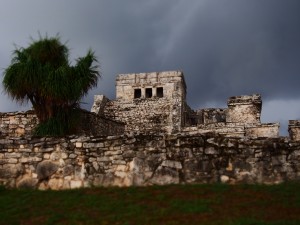 By the time we were half way into our visit, the skies darkened and we watched the wall of rain and lightning approach is rapidly from over the ocean. We did a runner under our raincoats through the remainder of the site and returned to our hotel soaked through all layers of clothing.
By the time we were half way into our visit, the skies darkened and we watched the wall of rain and lightning approach is rapidly from over the ocean. We did a runner under our raincoats through the remainder of the site and returned to our hotel soaked through all layers of clothing.
The site opens at 8am and it is advisable to go as early as possible to avoid the heat and the crowds, though neither were an issue for us. The entry cost was 64pesos and considering the size of the site, that price is more than fair. You should allow a minimum of one hour to visit the site If you want to spend longer, maybe take some picnic food and relax under one of the trees to simply absorb the environment around you. It really is quite a nice site to visit.
 The other activity we did in the city of Tulum was to take a taxi out to some local cenotes. We started with a trip to Gran Cenote. The entry cost was 150pesos and the site was quite commercialised, with a cafe, showers, toilets, as well as lockers, life jackets, diving and snorkelling gear for hire.
The other activity we did in the city of Tulum was to take a taxi out to some local cenotes. We started with a trip to Gran Cenote. The entry cost was 150pesos and the site was quite commercialised, with a cafe, showers, toilets, as well as lockers, life jackets, diving and snorkelling gear for hire.
To keep the water clean you shower before descending the stairs to the walkways above the water. Even though the cenote is quite open at the top, descending into it makes it feel much more exotic and interesting. The walkways had ladders at various points to provide access to the water. The water was crystal clear and there were many areas you could swim, follow the walls of the sink hole, swim through caves and even swim with turtles. Even though I didn’t like how commercialised the site was, it certainly was very pretty and had variety of things to see.
 The next cenotes we visited were Crystal Cenote and Escondido Cenote. The entry cost was 120pesos but was a combined ticket for entry to both (on opposite sides of the highway). Both Crystal and Escondido were less commercialised. There were very rudimentary drop toi
The next cenotes we visited were Crystal Cenote and Escondido Cenote. The entry cost was 120pesos but was a combined ticket for entry to both (on opposite sides of the highway). Both Crystal and Escondido were less commercialised. There were very rudimentary drop toi
lets on site and a few timber benches to sit on, but that was the extent of the development. They felt much less like cenotes and more like small lakes, but were nonetheless beautiful.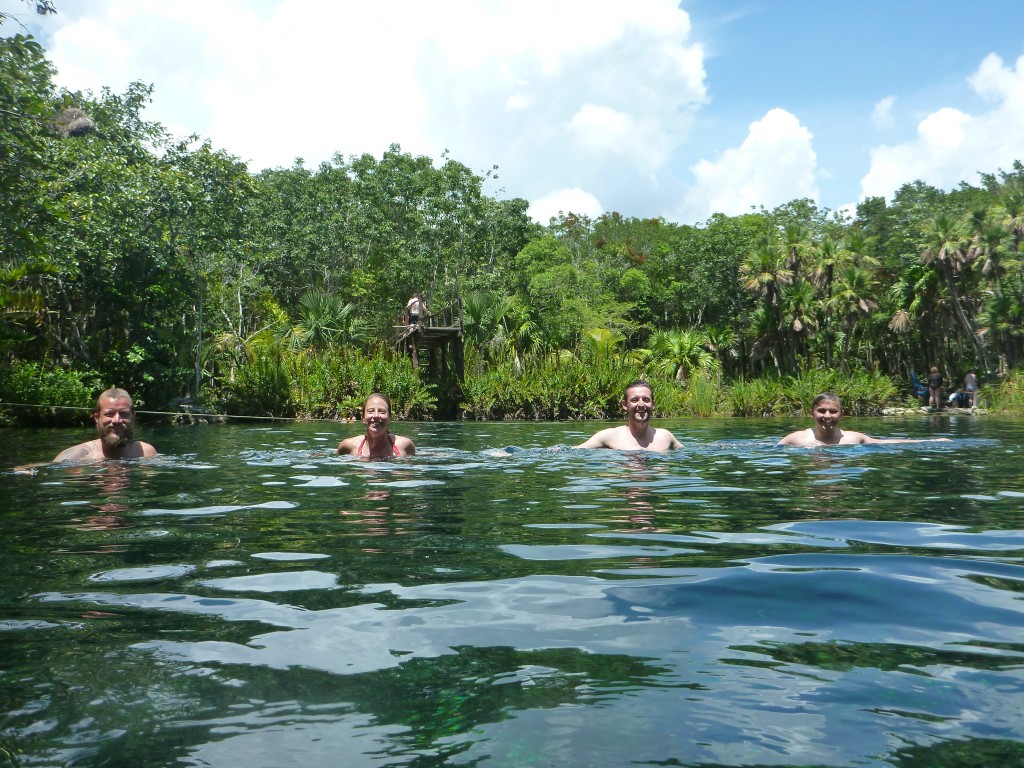
Playa Del Carmen
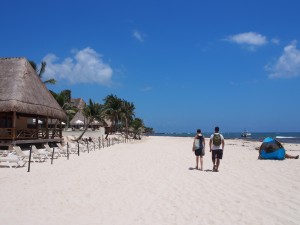 Playa Del Carmen is roughly an hour up the coast from Tulum, in the direction of Cancun. It is a very popular tourist destination. The main street, 5th avenue is full of shops, restaurants and bars. A great spot for cheap souvenirs. The beach runs parallel to 5th avenue, but is one block down. The beach, like in Tulum, is plagued with seaweed. So unfortunately there is no beautiful white beaches and crystal clear water .
Playa Del Carmen is roughly an hour up the coast from Tulum, in the direction of Cancun. It is a very popular tourist destination. The main street, 5th avenue is full of shops, restaurants and bars. A great spot for cheap souvenirs. The beach runs parallel to 5th avenue, but is one block down. The beach, like in Tulum, is plagued with seaweed. So unfortunately there is no beautiful white beaches and crystal clear water .
Something interesting and helpful to understand about Playa Del Carmen is the street naming system. Avenues run parallel to the beach and go up in fives eg. Avenida 5, Avenida 10 etc. Streets run perpendicular and go up in twos eg. Calle 2, Calle 4.
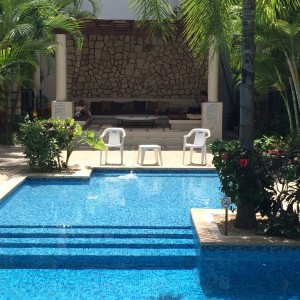 With no set plans and some days to spare a few of us booked an apartment with a pool, using airbnb. So we spent a few days pottering around the local area and chilling out by the pool.
With no set plans and some days to spare a few of us booked an apartment with a pool, using airbnb. So we spent a few days pottering around the local area and chilling out by the pool.
I’m sure there is loads more to see and do in the Playa Del Carmen area but after touring Mexico, Guatemala and Belize for close to a month, a few days off in a sunny location is exactly what we needed.
Check out all my photos on Flickr

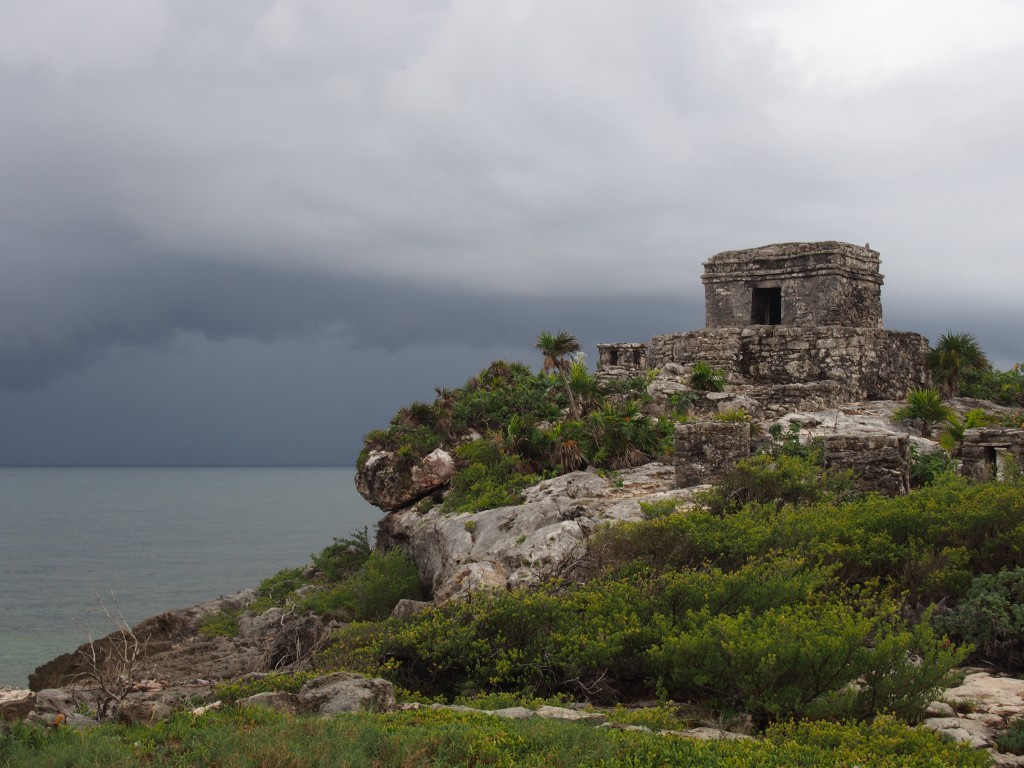

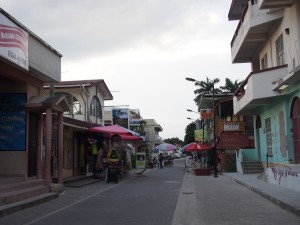
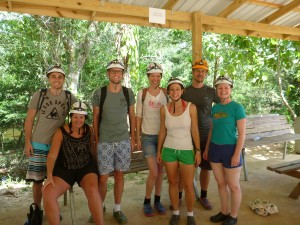
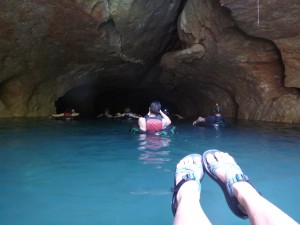
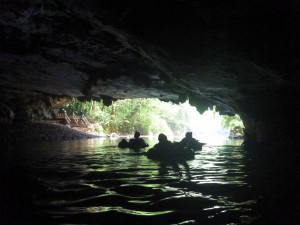
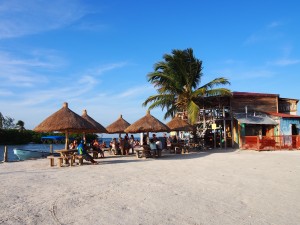
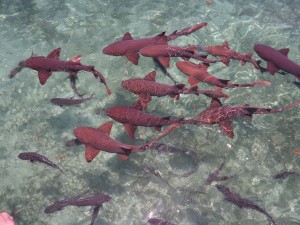

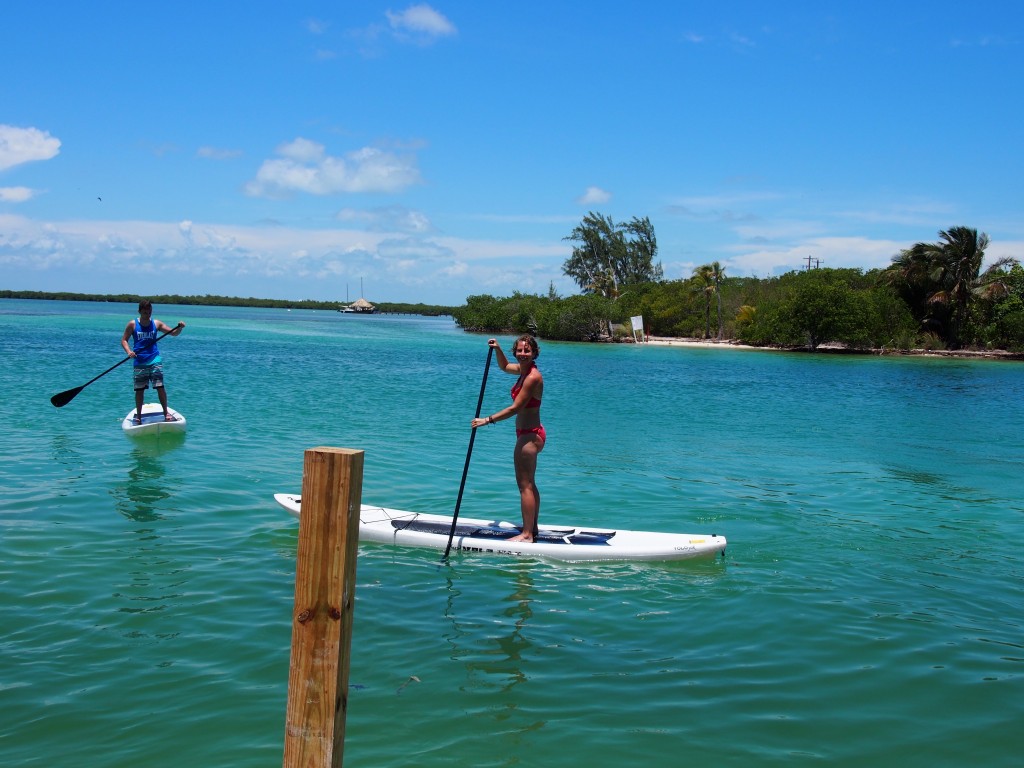
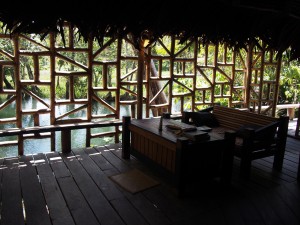
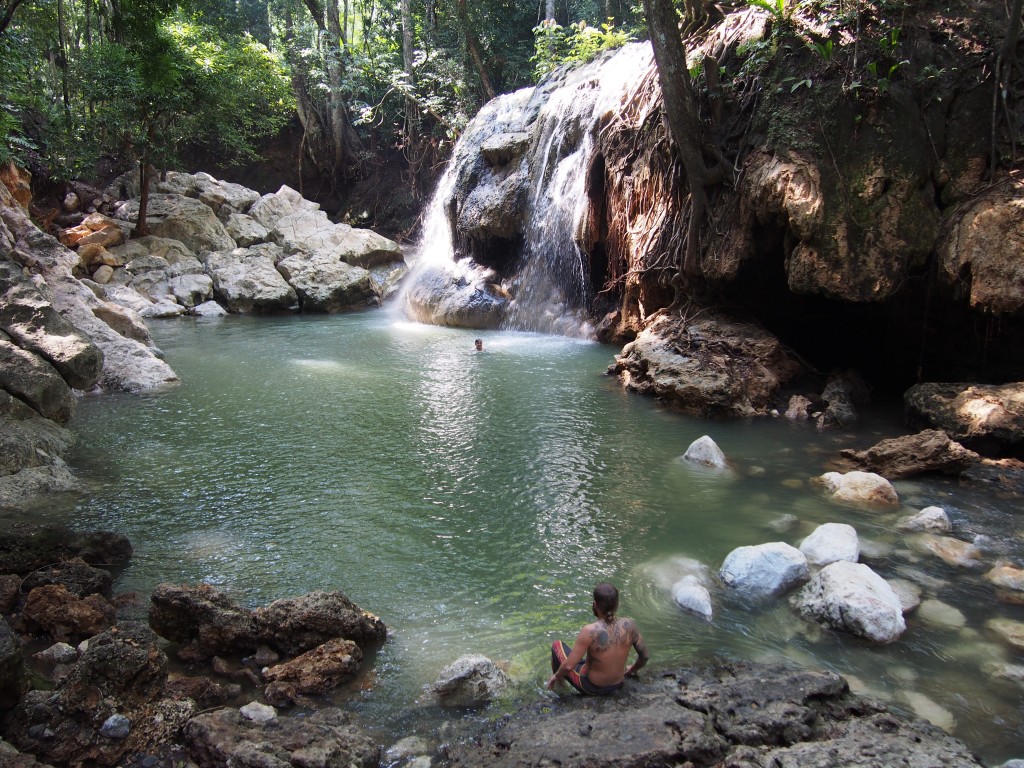
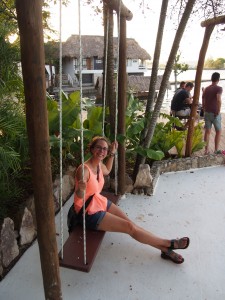
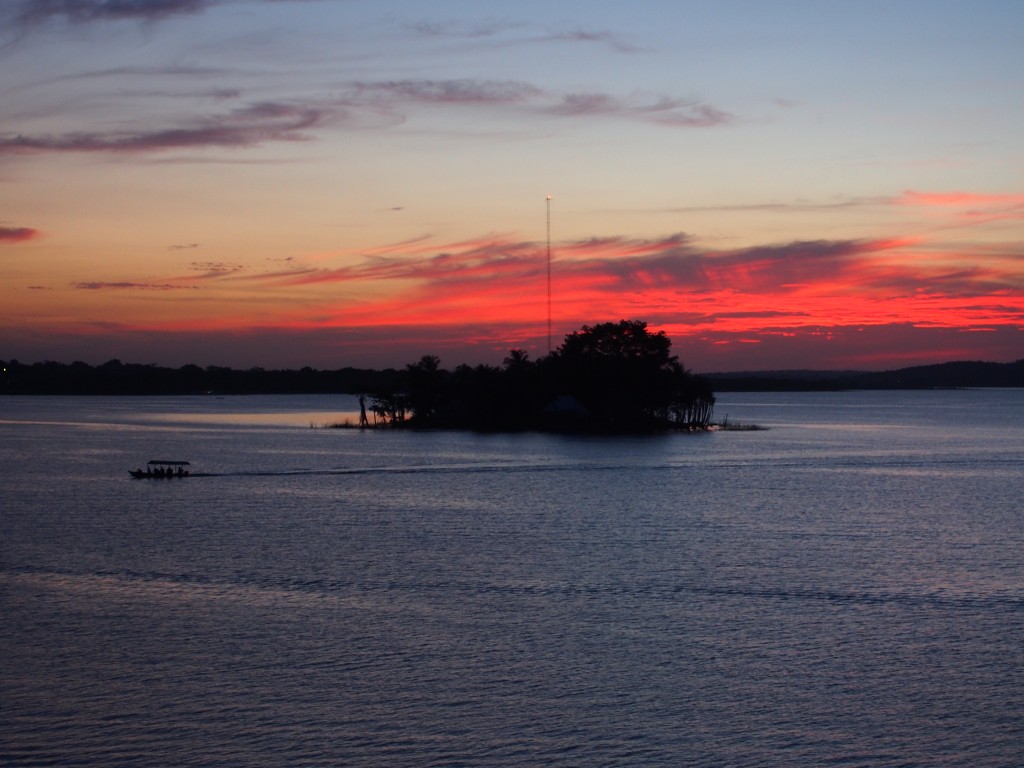
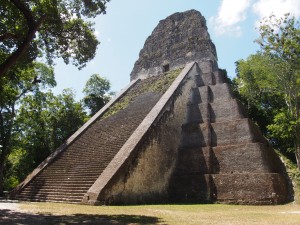
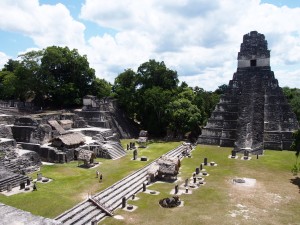
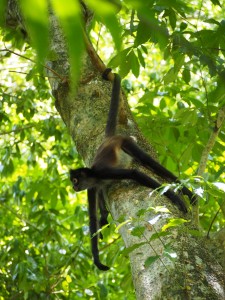
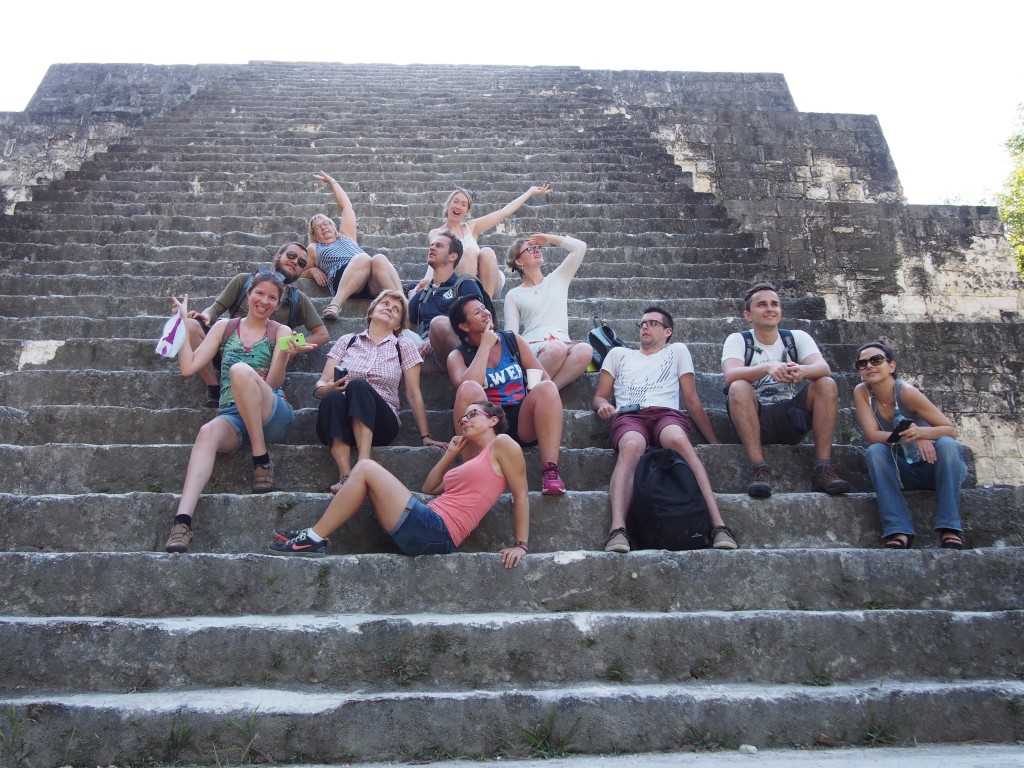
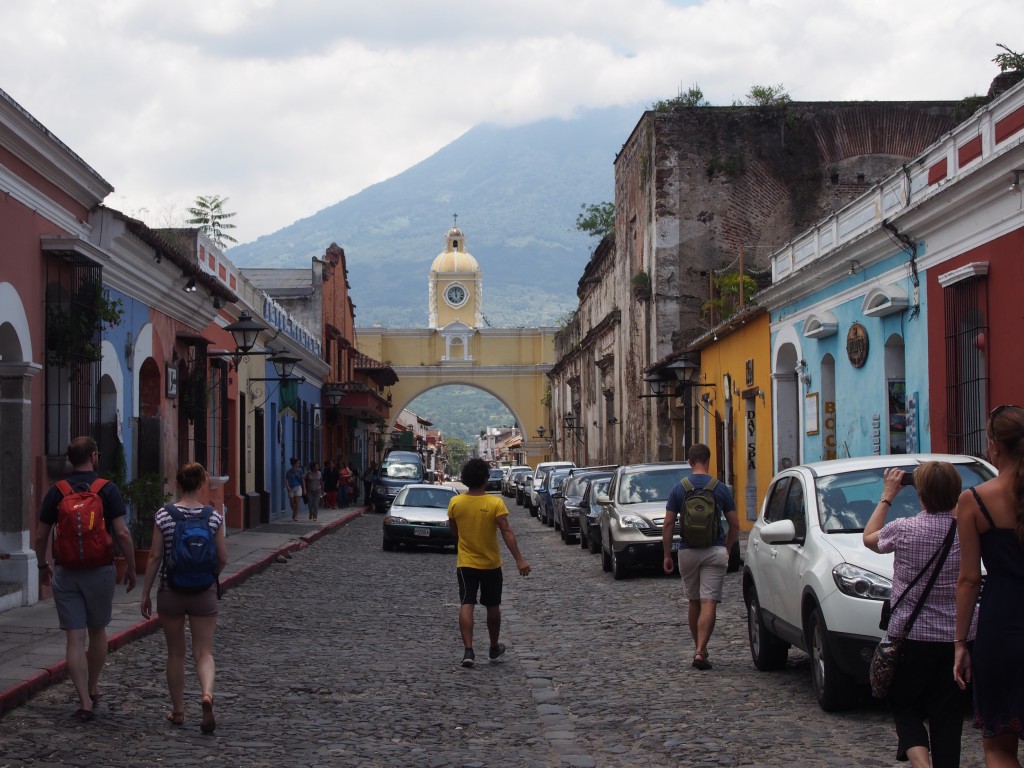
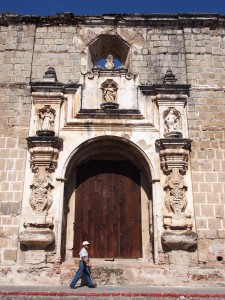 Antigua is a UNESCO World Heritage site in the Guatemalan highlands at 1500 metres above sea level. It was founded in the early 16th century. Like Lake Atitlan it is in an earthquake prone region surrounded by volcanos. There was a large scale earthquake in 1773 which destroyed almost the entire city. Much of Antigua was rebuilt, though some of the old monuments remaining.
Antigua is a UNESCO World Heritage site in the Guatemalan highlands at 1500 metres above sea level. It was founded in the early 16th century. Like Lake Atitlan it is in an earthquake prone region surrounded by volcanos. There was a large scale earthquake in 1773 which destroyed almost the entire city. Much of Antigua was rebuilt, though some of the old monuments remaining.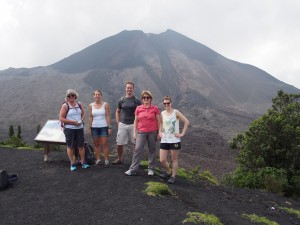 Pacaya Volcano
Pacaya Volcano
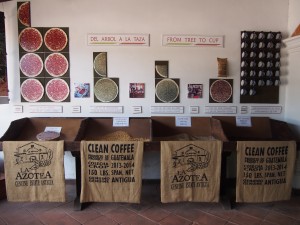
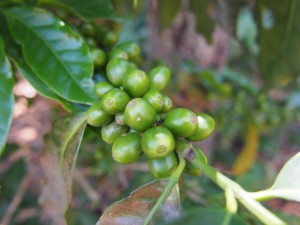
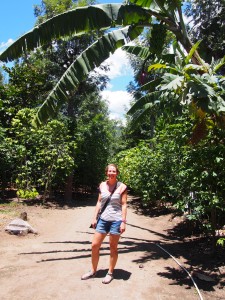
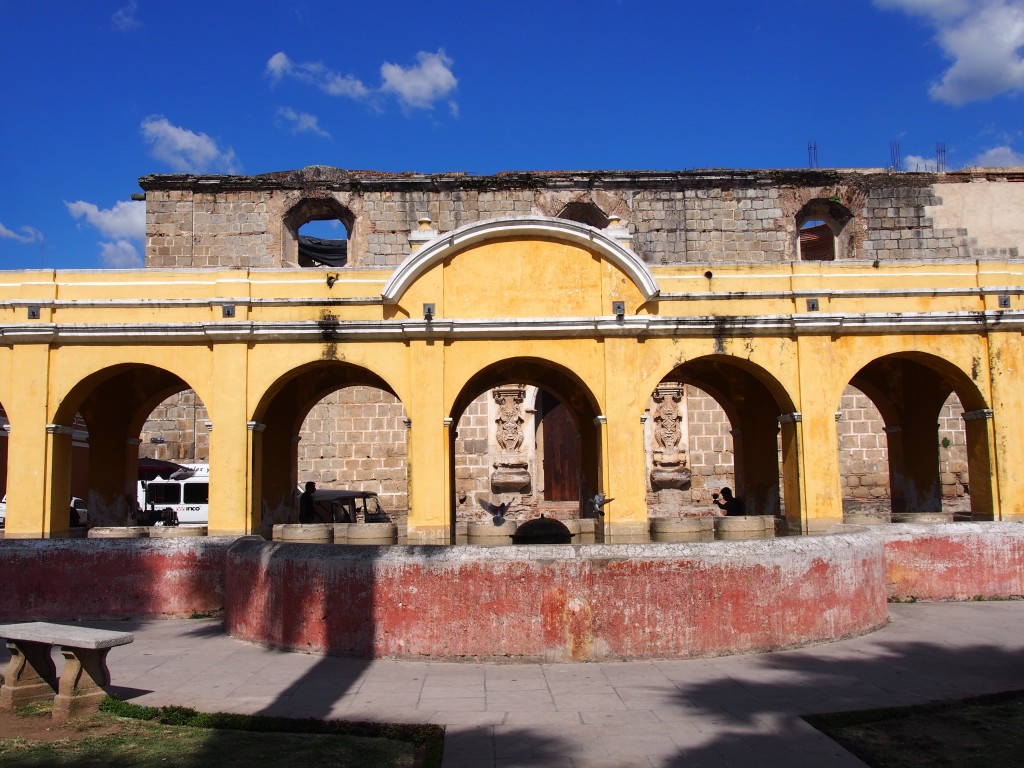
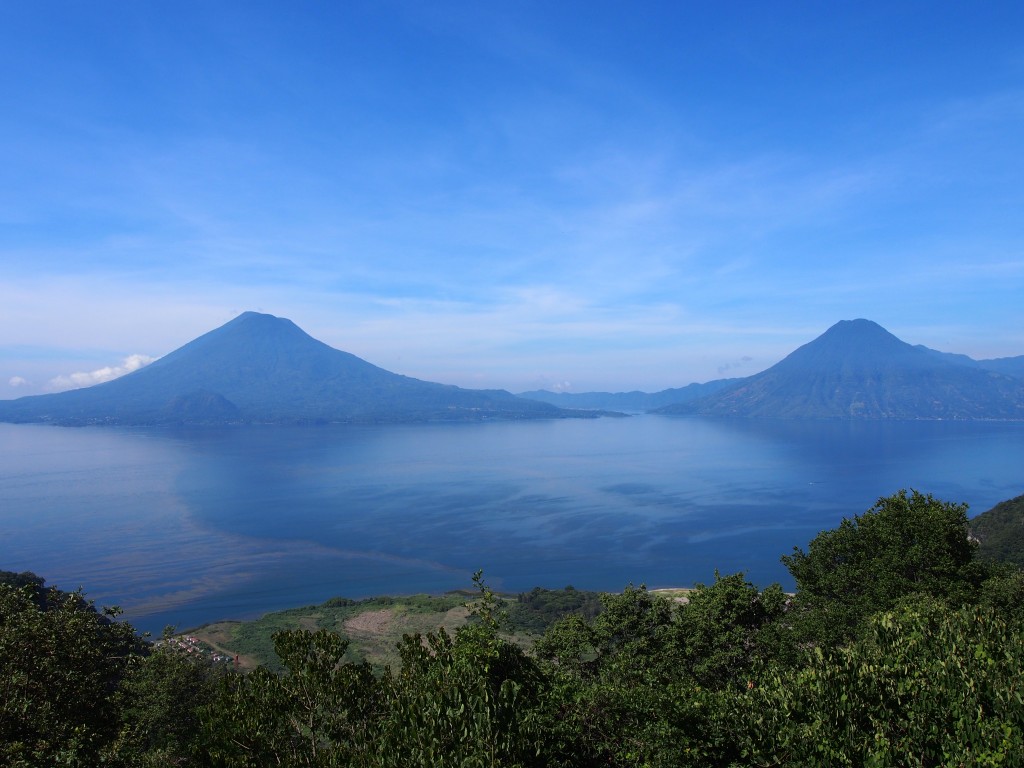
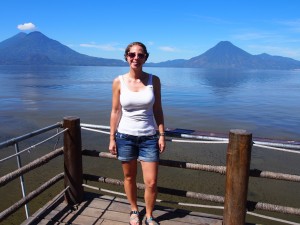
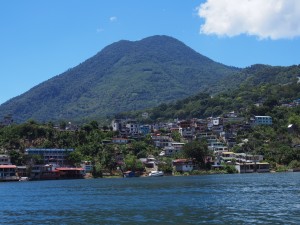
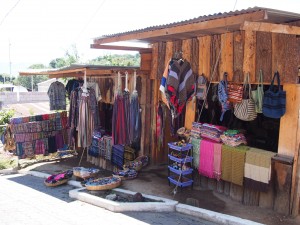
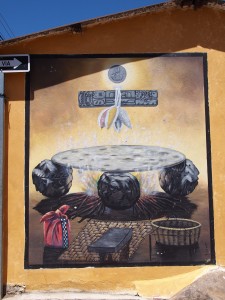
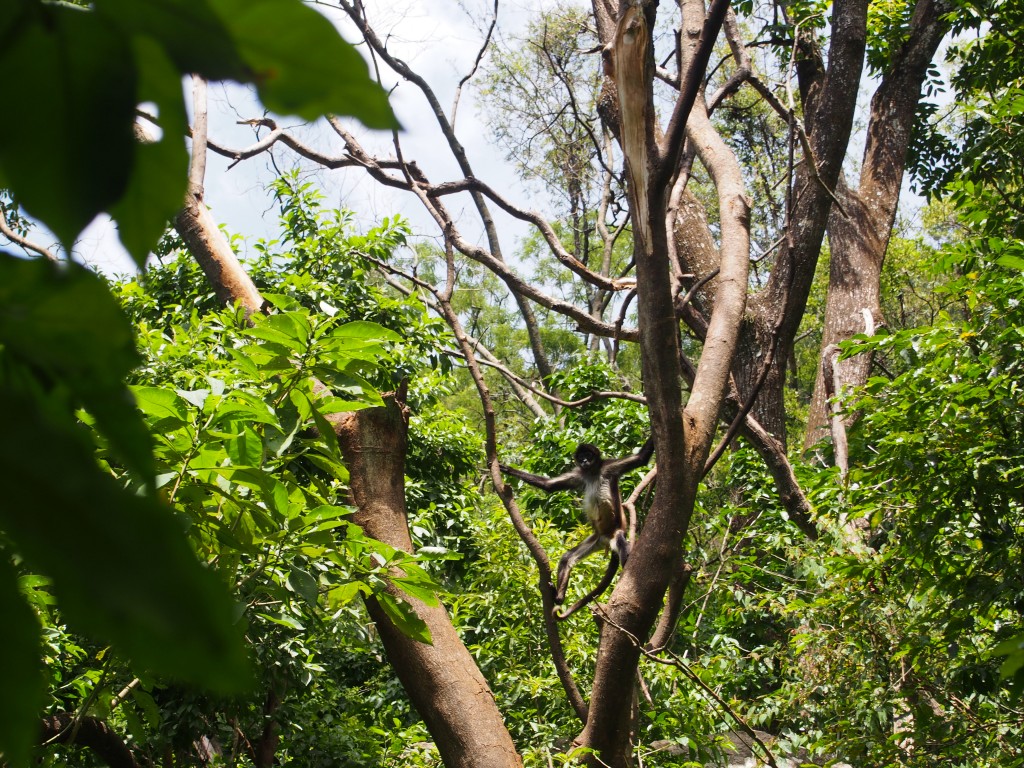
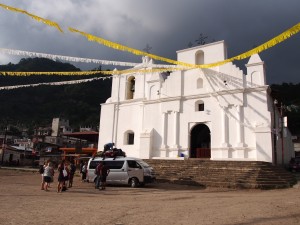
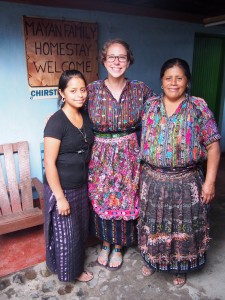
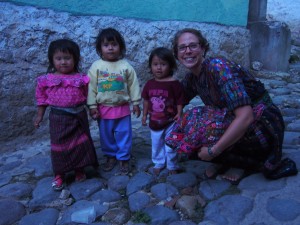
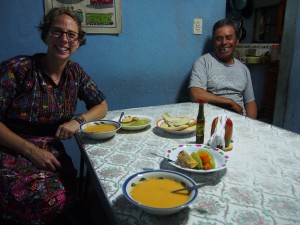
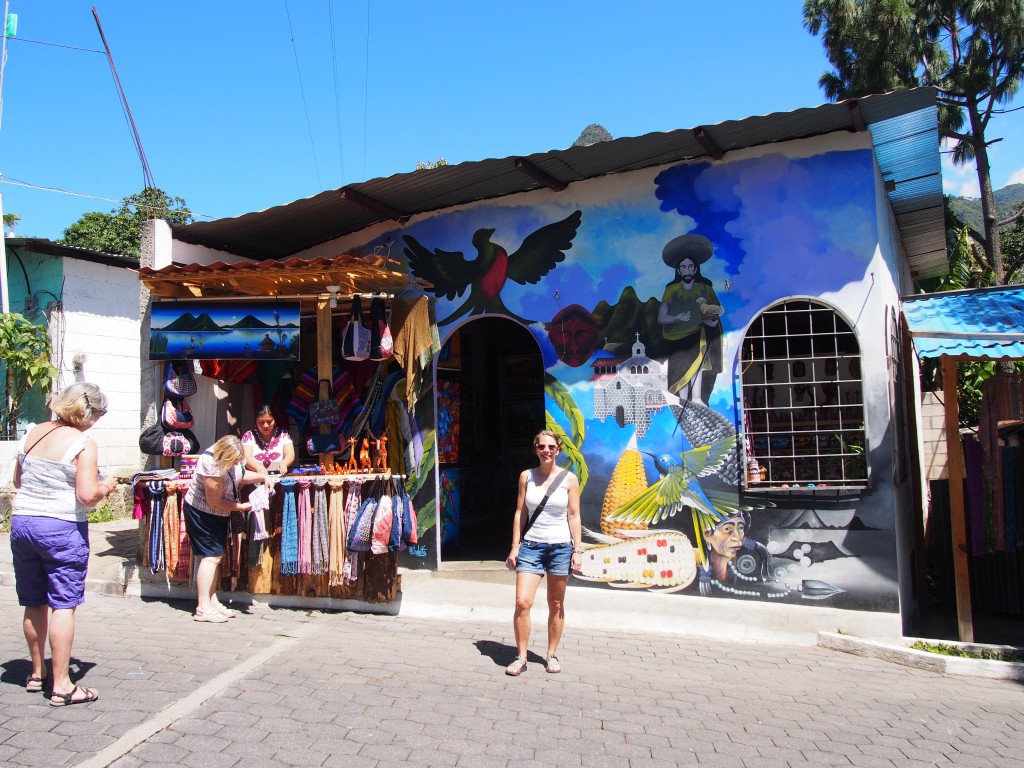
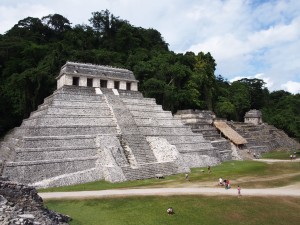
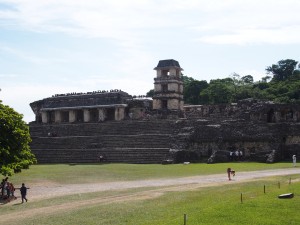 Next to the Temple of the Inscriptions is the Temple of The Red Queen, whose remains were found painted completely in red. Unfortunately this affected the ability to complete DNA analysis on the remains, so it is uncertain who the red queen was, though some people are guessing it may have been Pakal’s wife.
Next to the Temple of the Inscriptions is the Temple of The Red Queen, whose remains were found painted completely in red. Unfortunately this affected the ability to complete DNA analysis on the remains, so it is uncertain who the red queen was, though some people are guessing it may have been Pakal’s wife.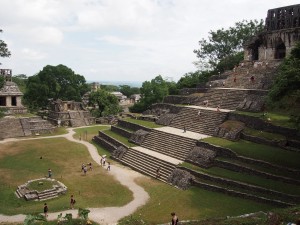
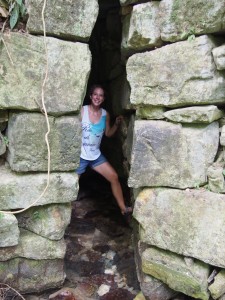
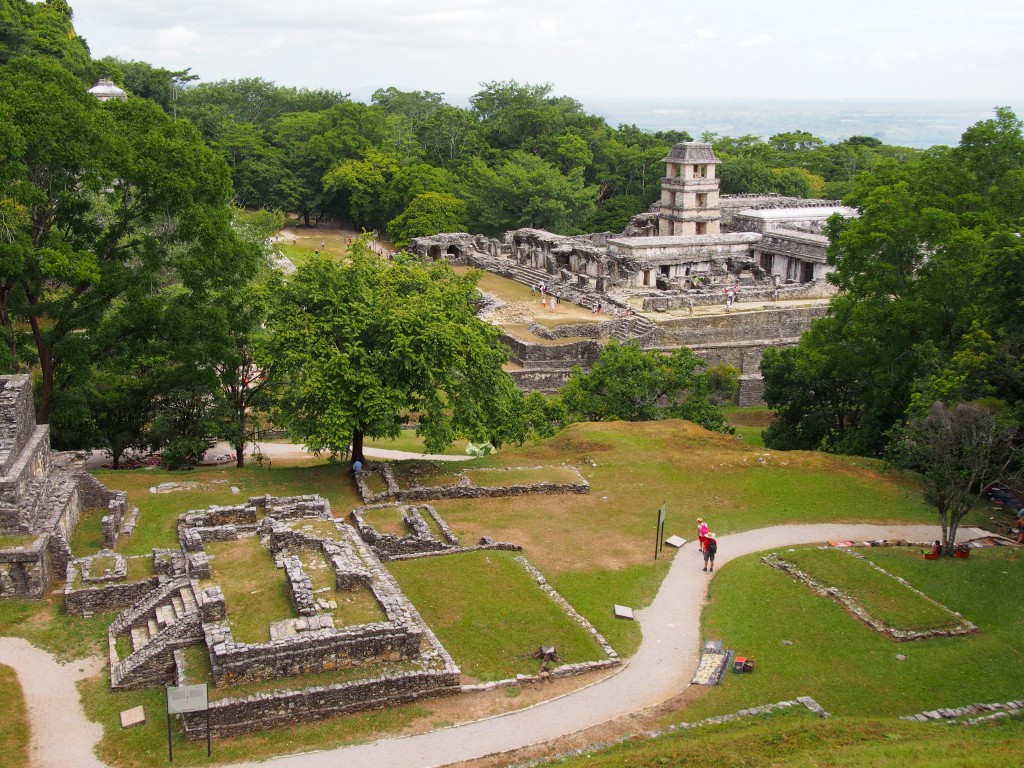
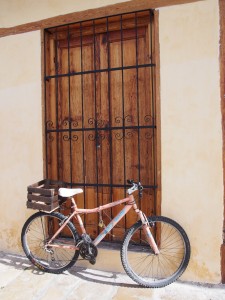
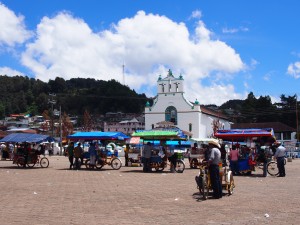
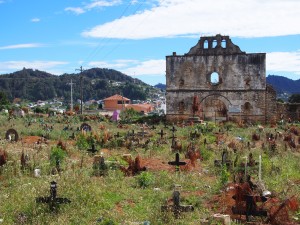
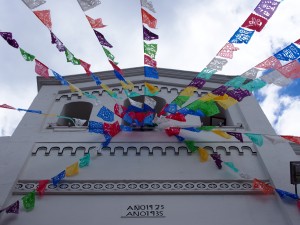
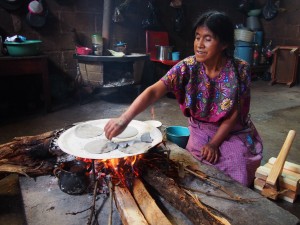
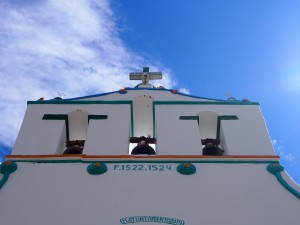

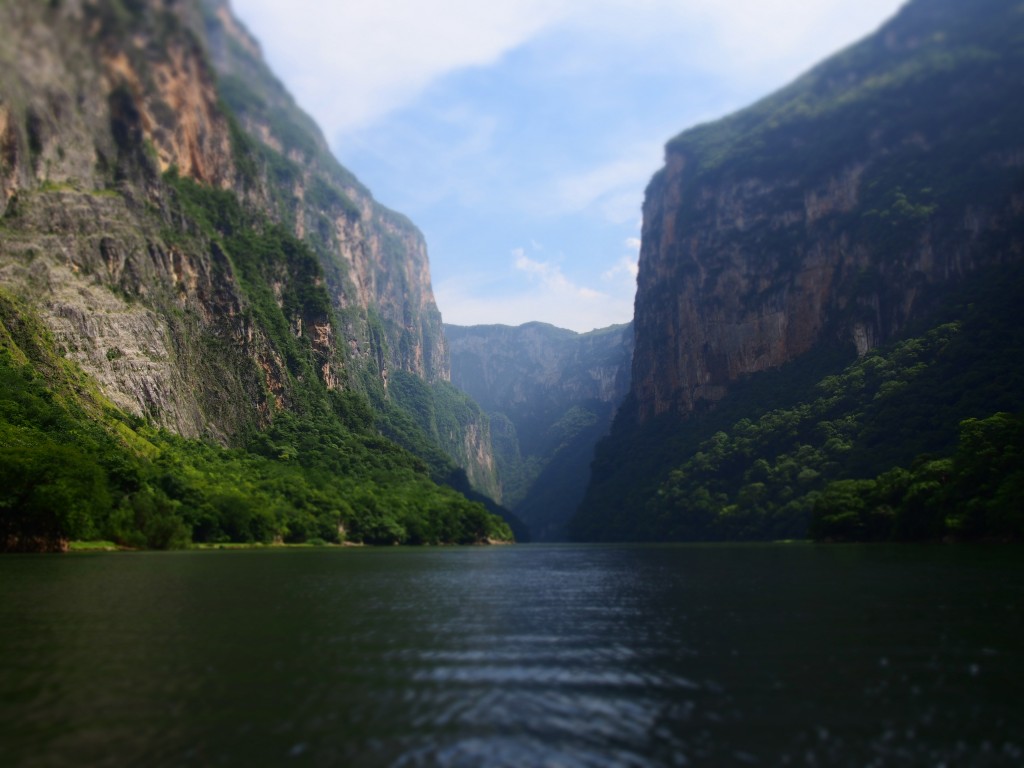
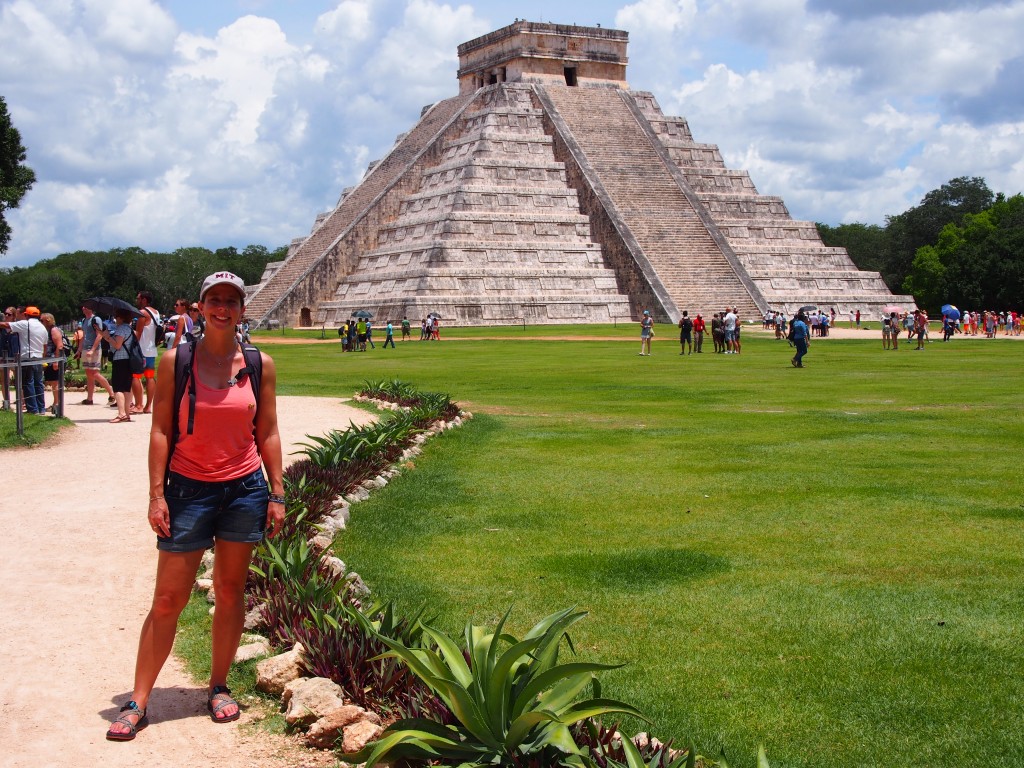
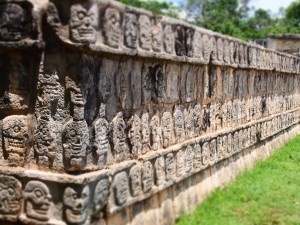
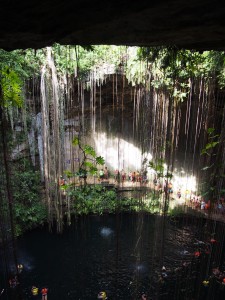 Ik Kil
Ik Kil
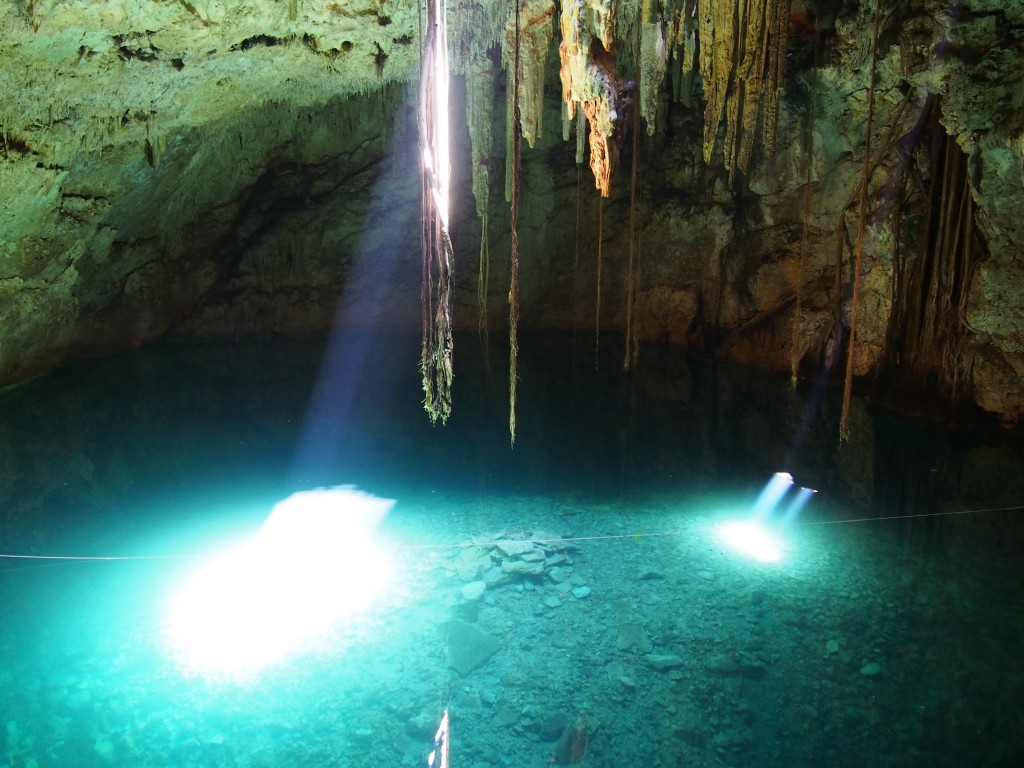
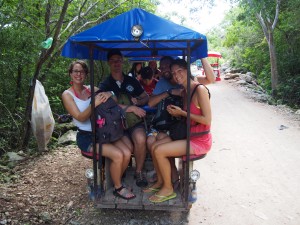
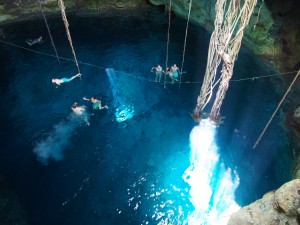
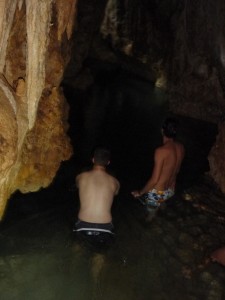
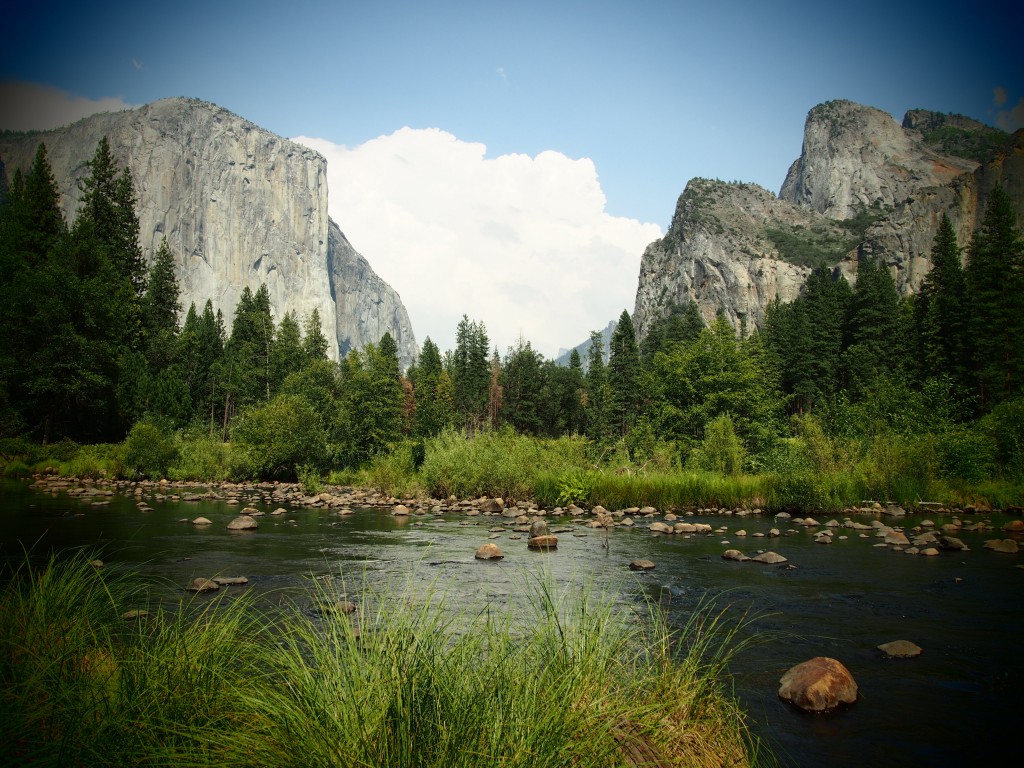
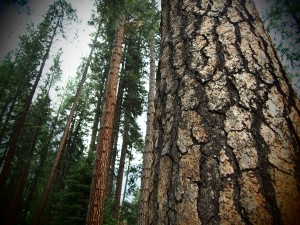
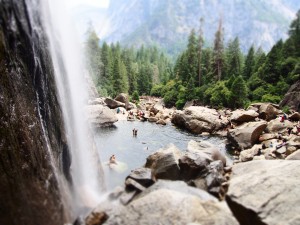
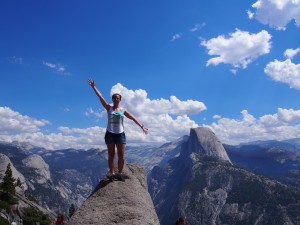
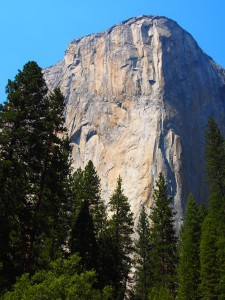
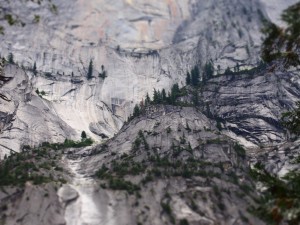 From the accommodation options on offer from Extranomical, I picked the cheapest option which was a dorm room at
From the accommodation options on offer from Extranomical, I picked the cheapest option which was a dorm room at 